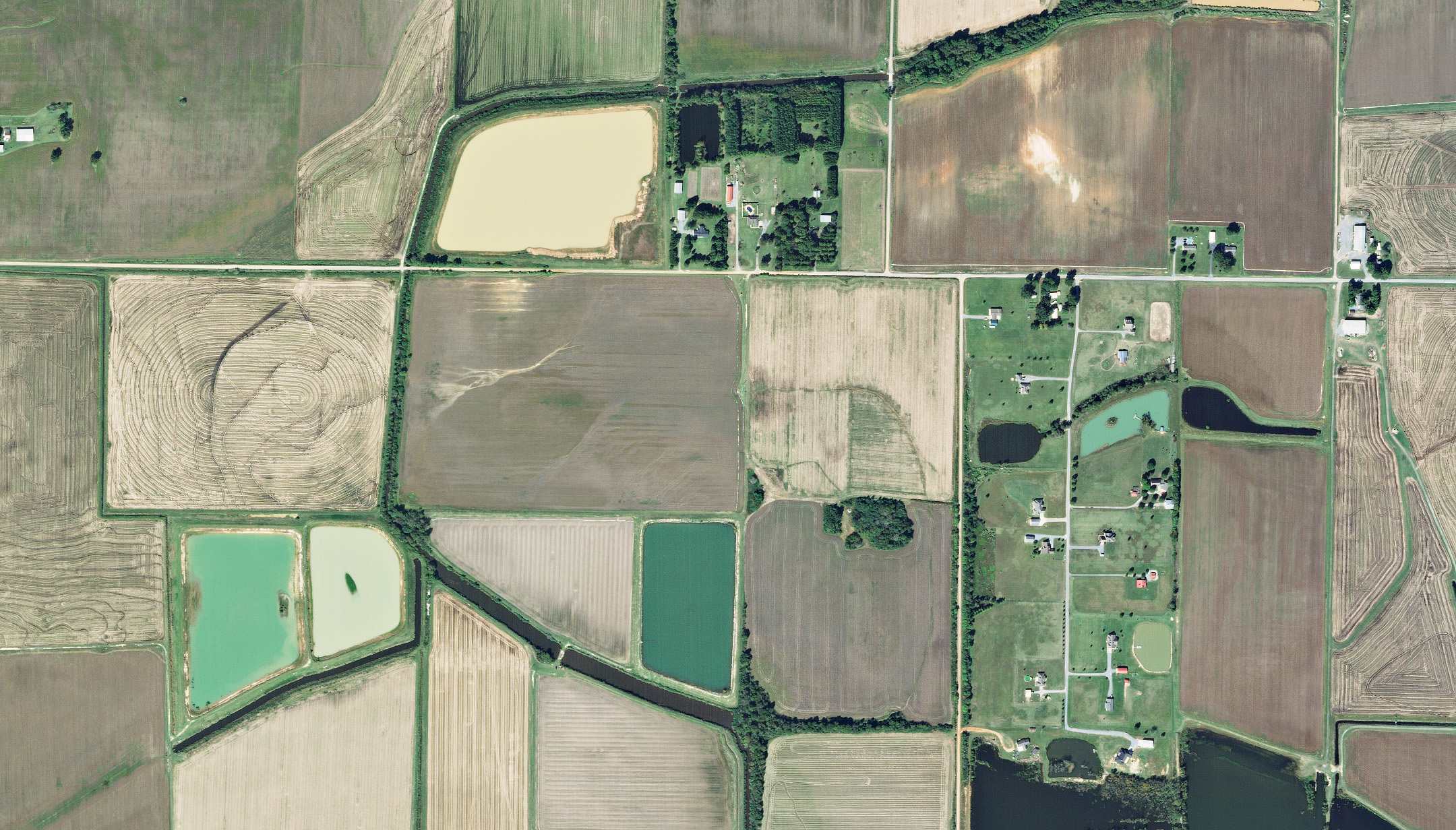主要内容就是我邮件收到来自他们的信息,具体内容已经翻译成中文了。
Hello Researchers,
新年快乐! 谈到Planet的科学社区,我们今年有很多令人兴奋的事情。我们也很想看看你们都想出了什么新的研究应用。你可以在我们的2020-2021年科学应用手册中回顾去年的一些大型研究出版物。
这个月,我们将举办一个关于我们新的PSScene资产和如何访问我们的8波段SuperDove数据的培训课程。你将能够通过我们任何一个有PlanetScope访问权的科学项目访问这些数据集,包括教育与研究(E&R)和NASA商业小卫星数据采集项目。
请记住,世界上任何有学位授予权的机构都有资格申请我们的教育和研究项目 此外,任何由联邦民用机构(即NASA、USGS、NOAA、USDA等)资助的研究人员都有资格通过NASA CSDA申请数据访问。如果你已经注册了,那么一定要把这些项目的信息传播给你的任何可能有资格和感兴趣的同事。
此外,如果你有论文或会议报告要使用Planet数据,并希望我们在《科学更新》或我们的博客和社交媒体上进行宣传,请将其发送给我们
下面是邮件附带的一些其他方面的内容,看看有没有你感兴趣的,如果有的话,可以通过文件中附带的链接来完成注册
|
|||||||||||||||||||
|
|||||||||||||||||||
|
|||||||||||||||||||
|
|||||||||||||||||||
|
|||||||||||||||||||
|
|||||||||||||||||||
|
|||||||||||||||||||
|
|||||||||||||||||||
|
|||||||||||||||||||
|
|||||||||||||||||||
|















